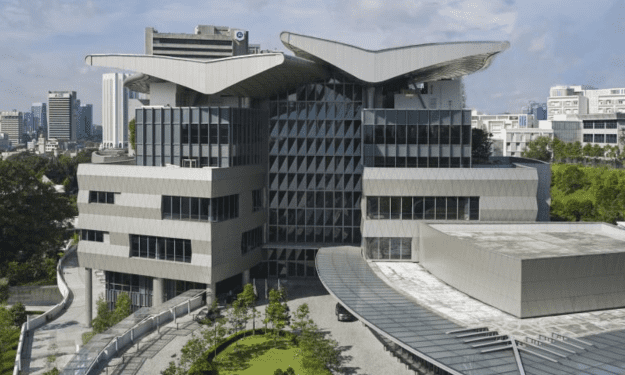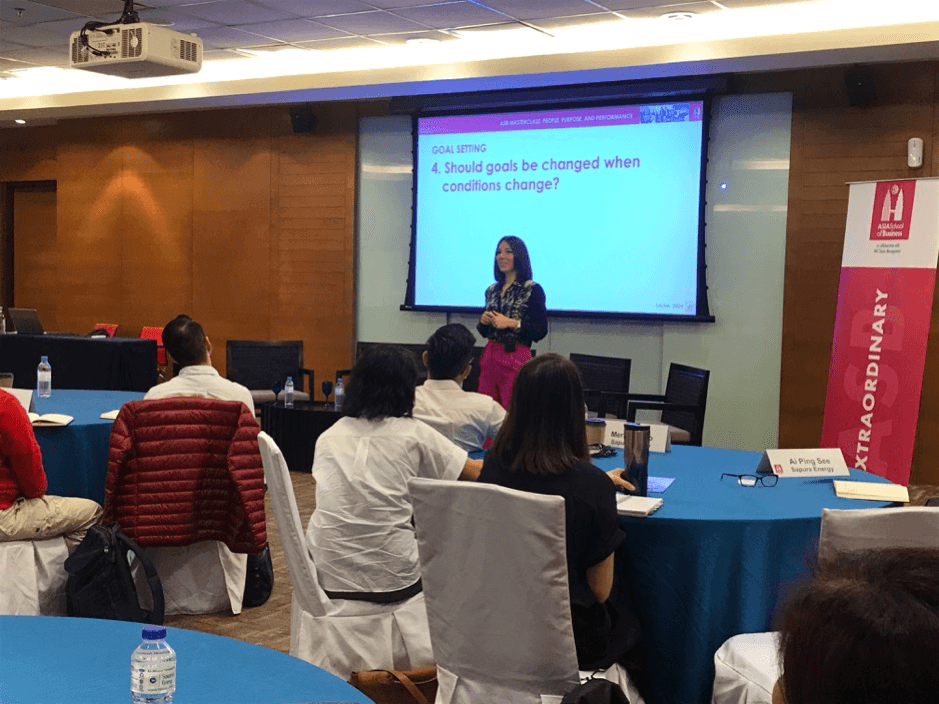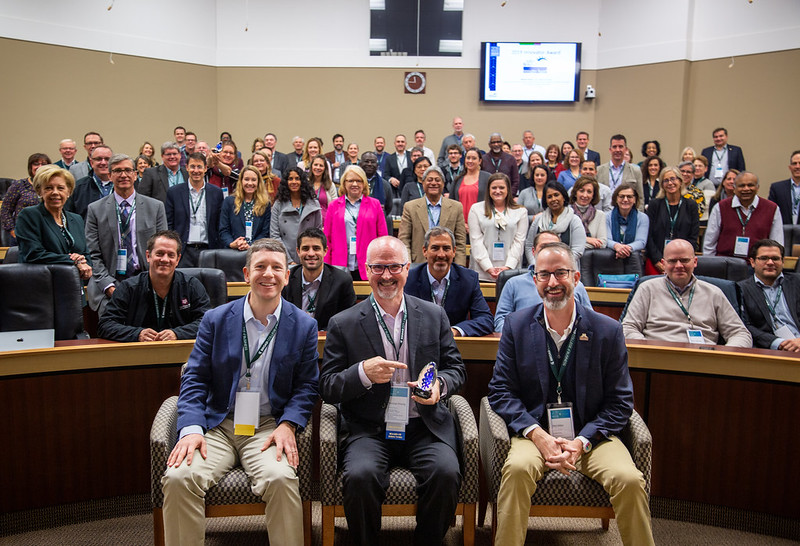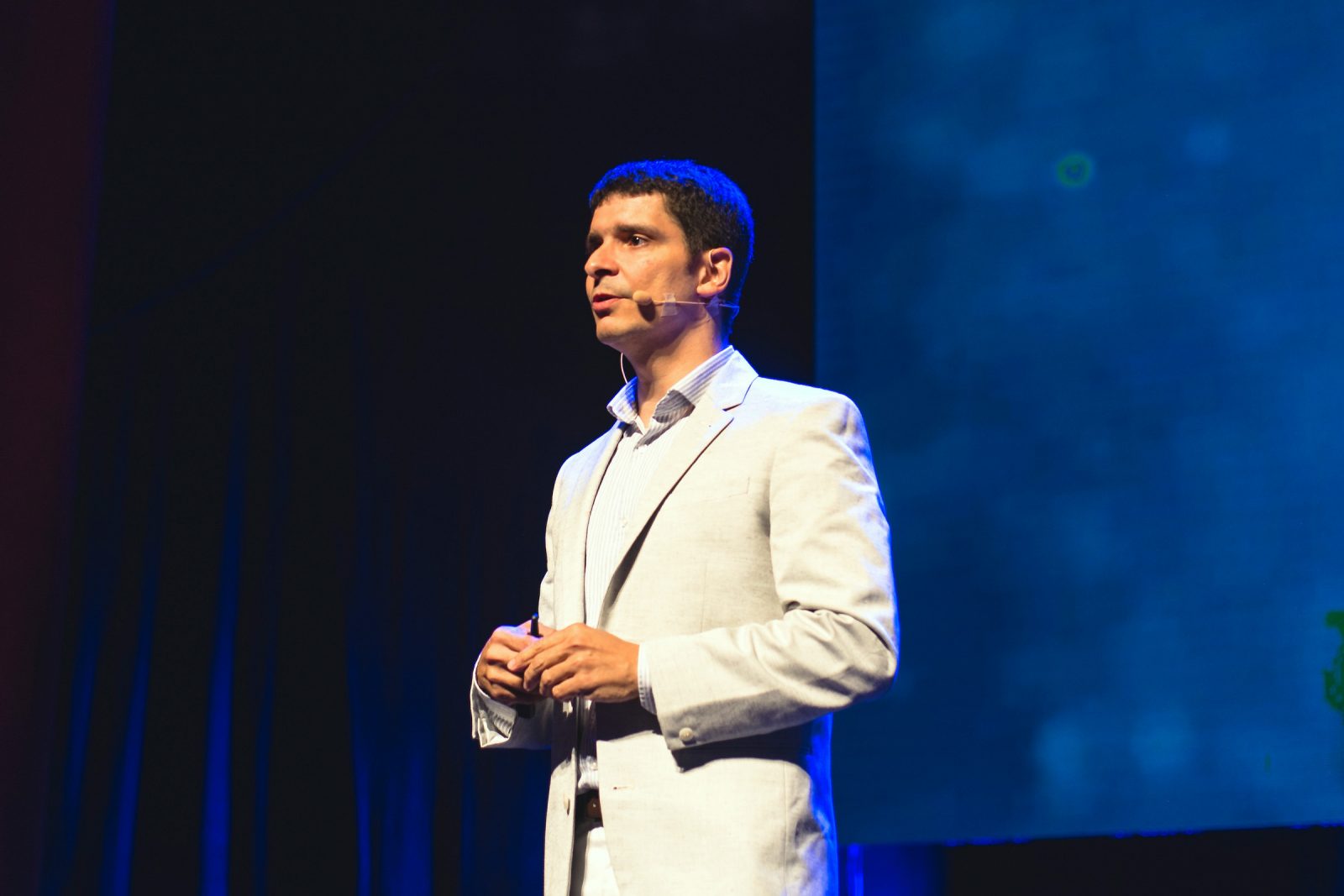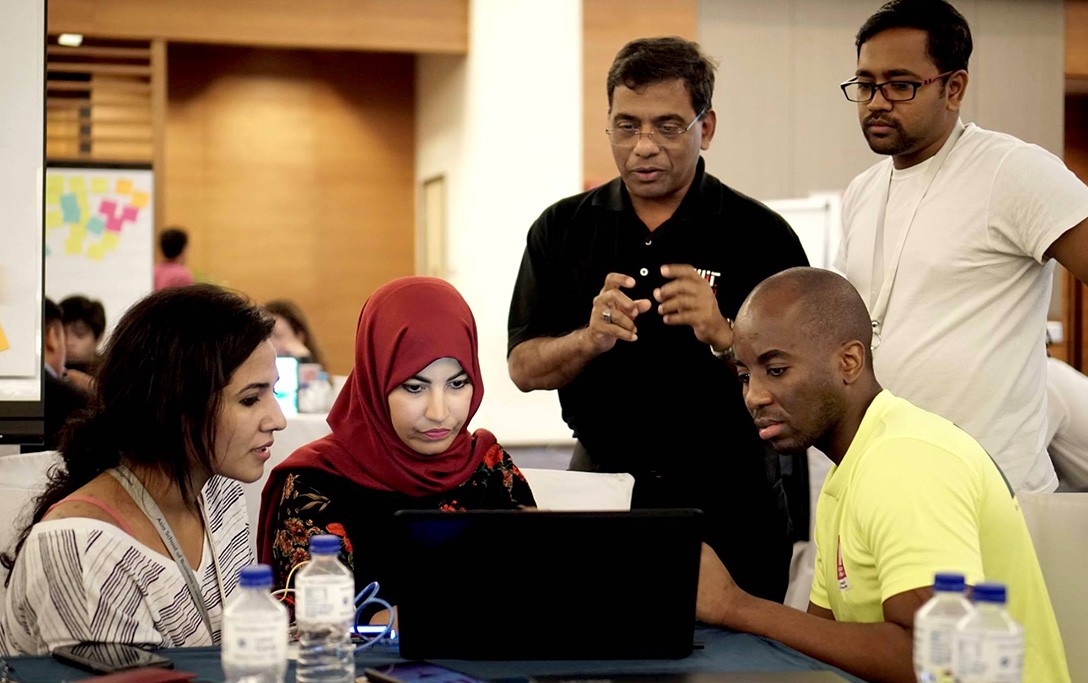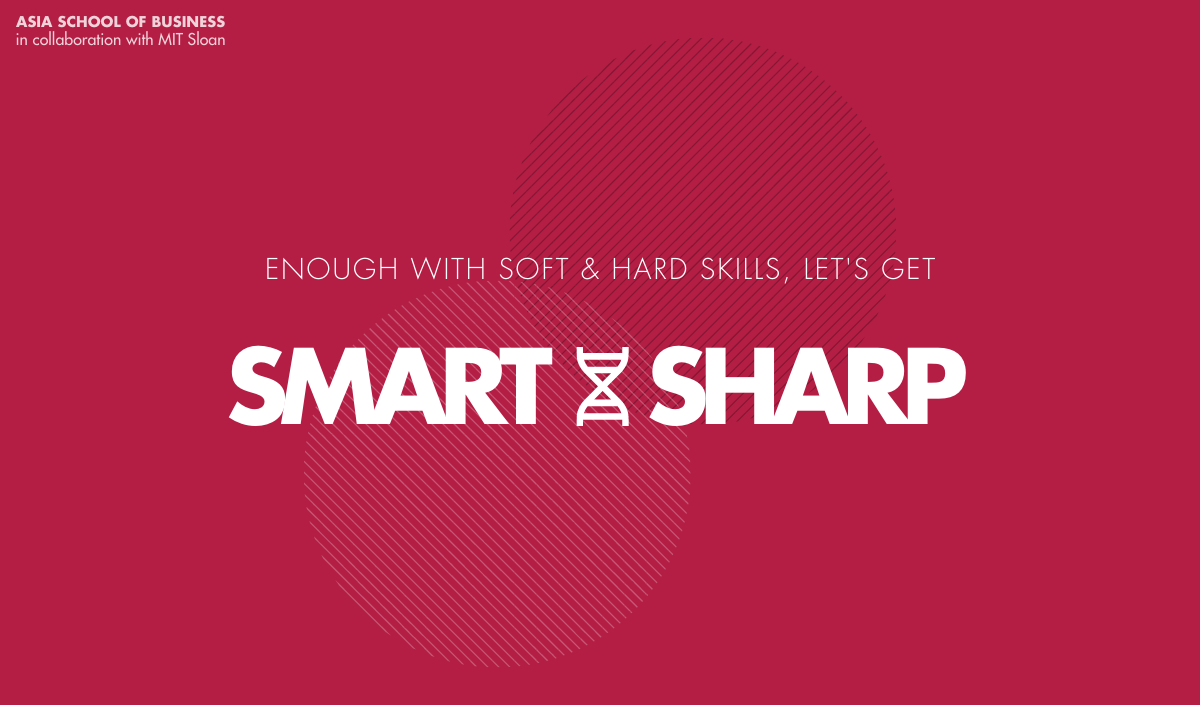The Kuok family, headed by Robert Kuok, has also crossed the so-called valley of death for family businesses, with second- and even third-generation members of the family helming and managing certain arms of the corporation. According to a 2012 Harvard Business School study, 70 percent of family-owned businesses fail or are sold, before the second generation gets a chance to take over.
The statistics get more disheartening with each generation, with only 10 to 15 percent of family businesses making it through the third generation and 3 to 5 percent through the fourth. Perhaps the most famous example of dissipated wealth is that of the Vanderbilts, once one of the wealthiest families of the late 19th century.
At its height, the Vanderbilts’ fortune totaled over US$240 billion in today’s dollars. But its descendants lived lavishly, with little concern for preserving the family fortune. By the 1970s, not a single Vanderbilt millionaire remained. Why do some family businesses grow and thrive and others fail?
Family ties that unbind
While the answer to this question remains elusive, research by Dr. Ambra Mazzelli from the Asia School of Business (ASB) has theorized how social capital – the goodwill associated with an individual’s and/or organization’s social ties– can influence strategic decision-making.
The world-class business graduate school based in Kuala Lumpur is a collaboration between Bank Negara Malaysia and Massachusetts Institute of Technology’s Sloan School of Management. It was founded in 2015 in response to the need for highly qualified, industry-ready visionaries and entrepreneurs, to help organizations take advantage of the abundant opportunities that this Asian century is offering.
Dr. Mazzelli’s research shows that social capital is key in influencing strategic decisions in family businesses. Here, a student from Asia School of Business on her MBA project at a family business. Assistant Professor of Management and Organisations at ASB, Ambra Mazzelli, said social capital ultimately determines whether small family firms take the same route as the Kuok Group, potentially evolving into iconic, complex, and diversified organizations.
A paper on the research conducted together with Assistant Professor Robert Nason and Professor Michael Carney from Concordia University in Canada has been published in the October 2019 issue of Academy of Management Review – the most influential business journal worldwide.
The key to success, it seems, for business-owning families, lies in keeping their doors open to people both within and outside the family circle. Such extensive socialization affects how these families experience, filter, and interpret the external environment, which enables them to break free from old strategic frames – what one sees in its assessment of the world, including relevant competitors and how to create value – and make less conservative strategic decisions.
“Specifically, the integration of next-generation family members in decision making reduces the uniformity of interests, values, and beliefs, and simultaneously urges some degree of open discussion and exchange between existing and newly admitted family members,” she said. This, she says, “de-anchors” the business-owning family from a focus on the past and facilitates the identification and pursuit of new opportunities.
This ability to look beyond past success appears evident in Kuok Group, which has diversified extensively, with the help of next-generation family members. Today, it owns the luxury Shangri-La hotel chain, whose Asia division is headed by a member of the second generation. One of Robert Kuok’s sons leads Asia’s largest operator of offshore oil-and-gas exploration vessels, PACC Offshore Services Holdings, and a third son is a director at logistics and supply chain company Kerry Logistics.
Meanwhile, his nephew has co-founded Wilmar International, a giant in the palm oil industry. The family’s third generation is active in several of the group’s companies.
Outsiders offer a fresh perspective
Aside from next-generation family members, openness to influences from outside of the family circle, such as social class peers, also helps business-owning families consider growth opportunities without prejudice. Said Dr. Mazzelli: “Business-owning families who have a richer understanding of the dynamics of their environments and the structure of their industries may be better equipped to identify, act on, and legitimize opportunities.”
She added that professional advisors, such as lawyers, accountants, and professional trustees, thanks to their expertise, can offer a fresh perspective and invite family decision-makers to question their convictions and appreciate alternative viewpoints. It is a confluence of influences from socialization that pushes business-owning families to look outwards for opportunities and to undertake unusually bold strategic actions.
This, in turn, may help get them to grow from the family business to conglomerate, just like the Kuoks.
The Asia School of Business (ASB) is Established in Collaboration with MIT Sloan School of Management with the vision of becoming a talent magnet and multiplier for the region. We offer Extraordinary & Unconventional programs (MBA full-time and MBA for working professionals) for aspiring business leaders and an array of Executive Education courses for corporate clients. For more information about Asia School of Business and programs on Family Businesses, just email us at corporatedevelopment@asb.edu.my.
Ambra Mazzelli is an Assistant Professor of Management and Organizations at Asia School of Business (ASB) and an International Faculty Fellow at MIT Sloan School of Management. Ambra’s research interests lie in studies surrounding organization and management theory, with special concern to how these dynamics affect change in family and non-family firms.
